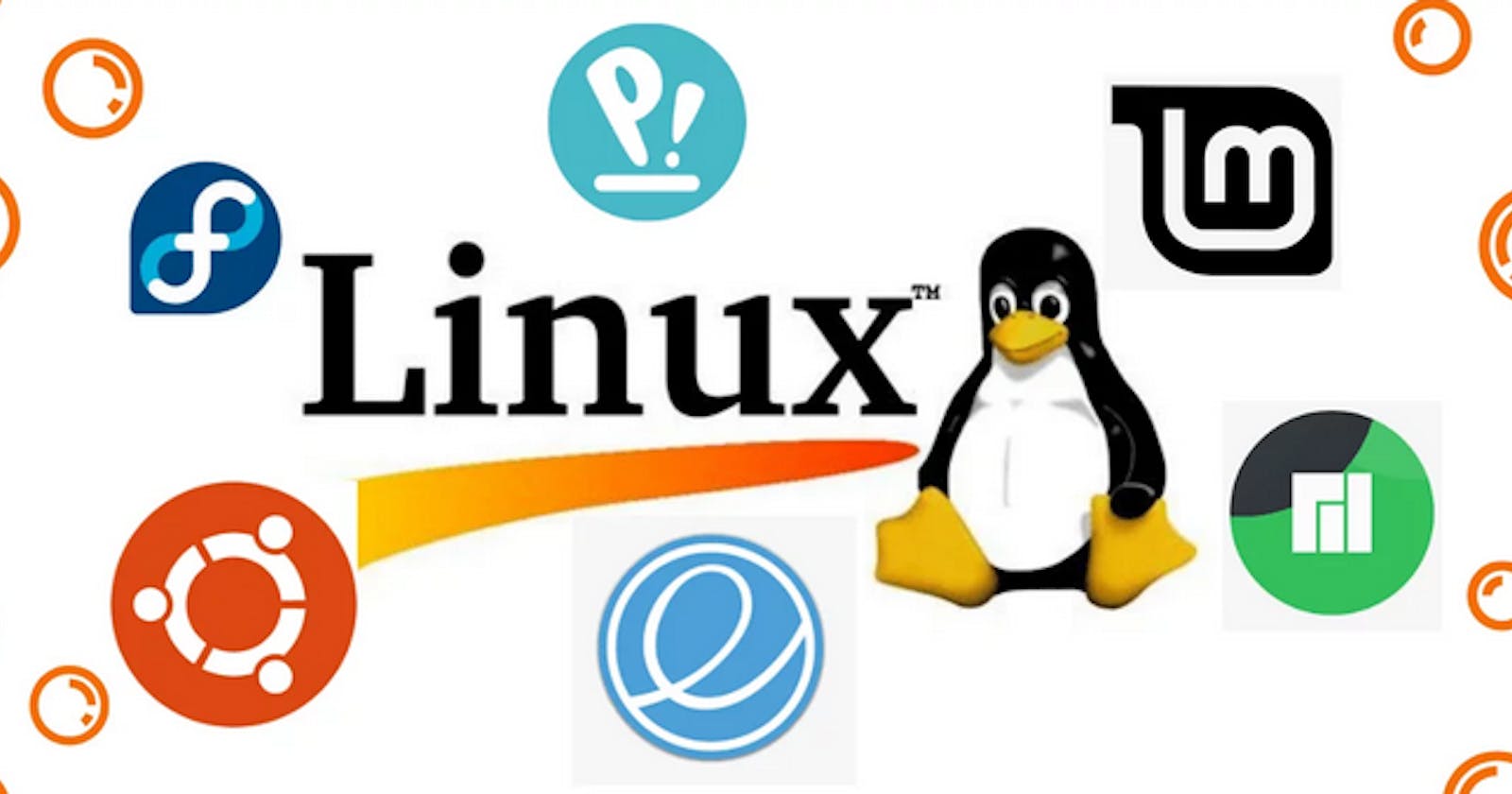4.Unveiling the Power of Operating Systems: A Deep Dive into the World of OS and Why Linux Stands Out
Table of contents
Introduction
In the ever-evolving digital landscape, operating systems (OS) play a pivotal role in enabling communication with servers, and the choices we make can significantly impact our computing experience. In this blog, we'll explore different types of operating systems, with a special focus on Linux and why it has become a go-to option for various devices, from smartphones to supercomputers.
Understanding Operating Systems
Operating systems act as intermediaries between users and hardware, facilitating communication and managing resources. The three primary types of OS are Windows, Linux, and macOS, each catering to different preferences and use cases.
Why Choose Linux
Linux, an open-source operating system, has garnered widespread acclaim for its versatility and reliability. Here's why it has become the OS of choice for an array of devices, ranging from smartphones to supercomputers, and even smartwatches and TVs.
Free and Open Source: One of Linux's standout features is that it is free and open-source, allowing users to access and modify its source code. This fosters a collaborative and transparent development environment.
Security Matters: Linux is renowned for its robust security features. Its permission-based system ensures that only authorized users can access specific files and directories, reducing the risk of unauthorized access and potential security breaches.
Performance Excellence: Linux boasts exceptional performance, making it ideal for resource-intensive tasks. Whether you're running applications on a smartphone or managing complex computations on a supercomputer, Linux delivers unparalleled speed and efficiency.
Multi-User Capability: Linux supports multi-user functionality, enabling multiple users to access the system simultaneously. This collaborative aspect makes it an excellent choice for servers and environments where collaboration is essential.
Seamless Multitasking: Linux's multitasking capabilities allow users to run multiple applications concurrently without sacrificing performance. This feature is particularly beneficial for users who need to juggle various tasks simultaneously.
Exploring Different Modes
Linux offers two primary modes of interaction, each catering to different user preferences and needs.
Graphical User Interface (GUI): GUI provides a visually intuitive way to interact with the operating system. It involves graphical elements such as icons, windows, and buttons, making it user-friendly, especially for those new to the Linux environment.
Command Line Interface (CLI): CLI, on the other hand, relies on text commands for interaction. While it may have a steeper learning curve, CLI offers advanced users greater control and efficiency in managing tasks.
Conclusion
In the realm of operating systems, Linux emerges as a powerful and versatile choice, offering a multitude of benefits for various devices. Whether you're a tech enthusiast, a server administrator, or someone looking for a reliable OS, exploring Linux could be the key to unlocking a seamless and efficient computing experience.
